Researchers from the Royal Botanic Gardens, Kew and collaborators from around the world have discovered and named 156 new plants and fungi in 2020. Topping the list are the “world’s ugliest orchid”, a new species of webcap toadstool mushroom discovered on the boundary of Heathrow airport, and a pretty pink morning glory that holds promise as a new food crop.
Found in Africa, Asia, the Americas and the UK, Kew said the newly named plants and fungi highlight the incredible diversity of species yet to be discovered and documented. Some have the potential to provide new food crops and medicines, whilst others might be suitable for the garden.
More news stories about Kew:
Orchids make up over a third of the new species, however one particularly stood out to the botanists as lacking the beauty of its counterparts and was labelled “the ugliest in the world”. Gastrodia agnicellus bears small, brown, fleshy looking 11mm flowers and has no leaves or other photosynthetic tissue. The plants depend on fungi for their nutrition and after the flowers have been pollinated, fruits are held above the forest floor so that the dust-like seeds disperse.
Like many of the species on the list, G. agnicellus is threatened with risk of extinction due to loss of habitat, but the orchid does have some protection within the Madagascan national park in which it was discovered by scientists.
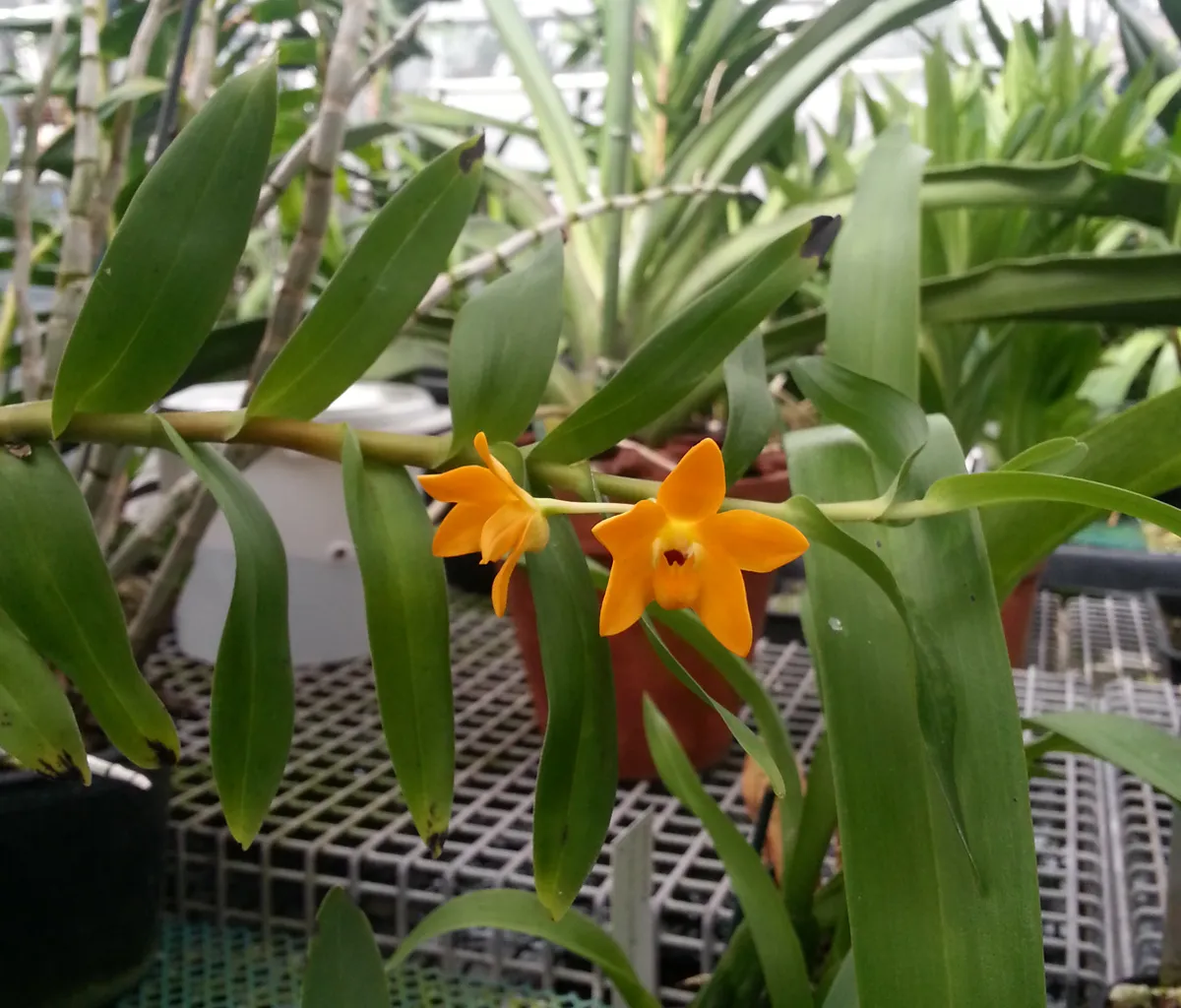
19 new tree-dwelling orchids from the tropical island of New Guinea were also found. Three attractive species were from the Dendrobium genus, including Dendrobium aurifex, which has spectacular golden flowers and was cultivated within Kew Gardens’ nursery, while the remaining 16 from the Bulbophyllum genus have unusual human-like features or hair-like tufts on their flowers, leading to Latin names referring to their ‘moustaches’ and ‘sideburns’.
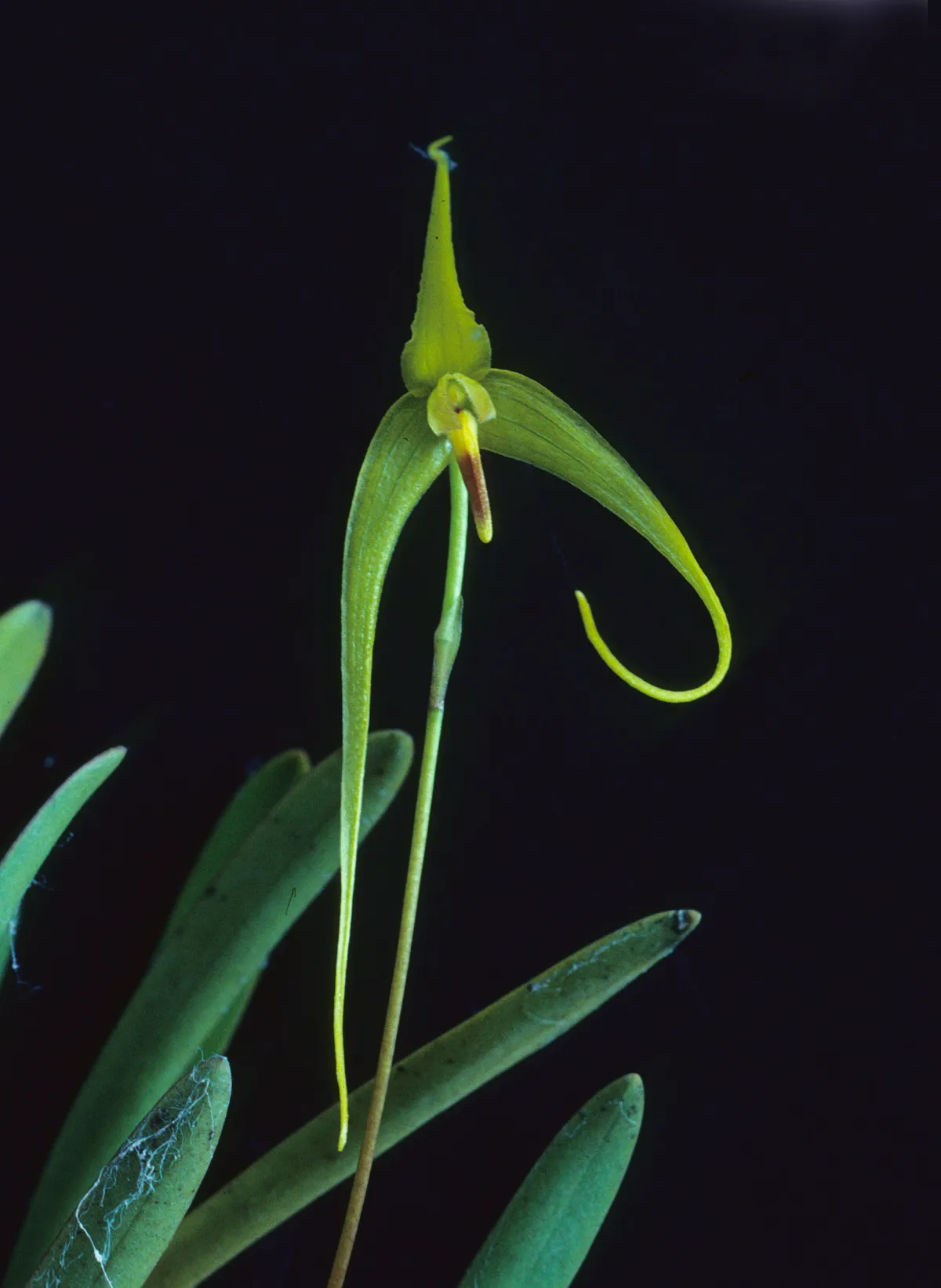
“In a challenging and difficult year, it’s so thrilling to see botanical and mycological science continue, with a bumper list of incredible newly named species,” says Martin Cheek, botanist and senior scientist within the identification and naming department at Kew. “There are some amazing new finds for science, each with their own unique qualities and potential for humanity.”
“However, the bleak reality facing us cannot be underplayed: with two in five plants threatened with extinction, it is a race against time to find, identify, name and conserve plants before they disappear.”
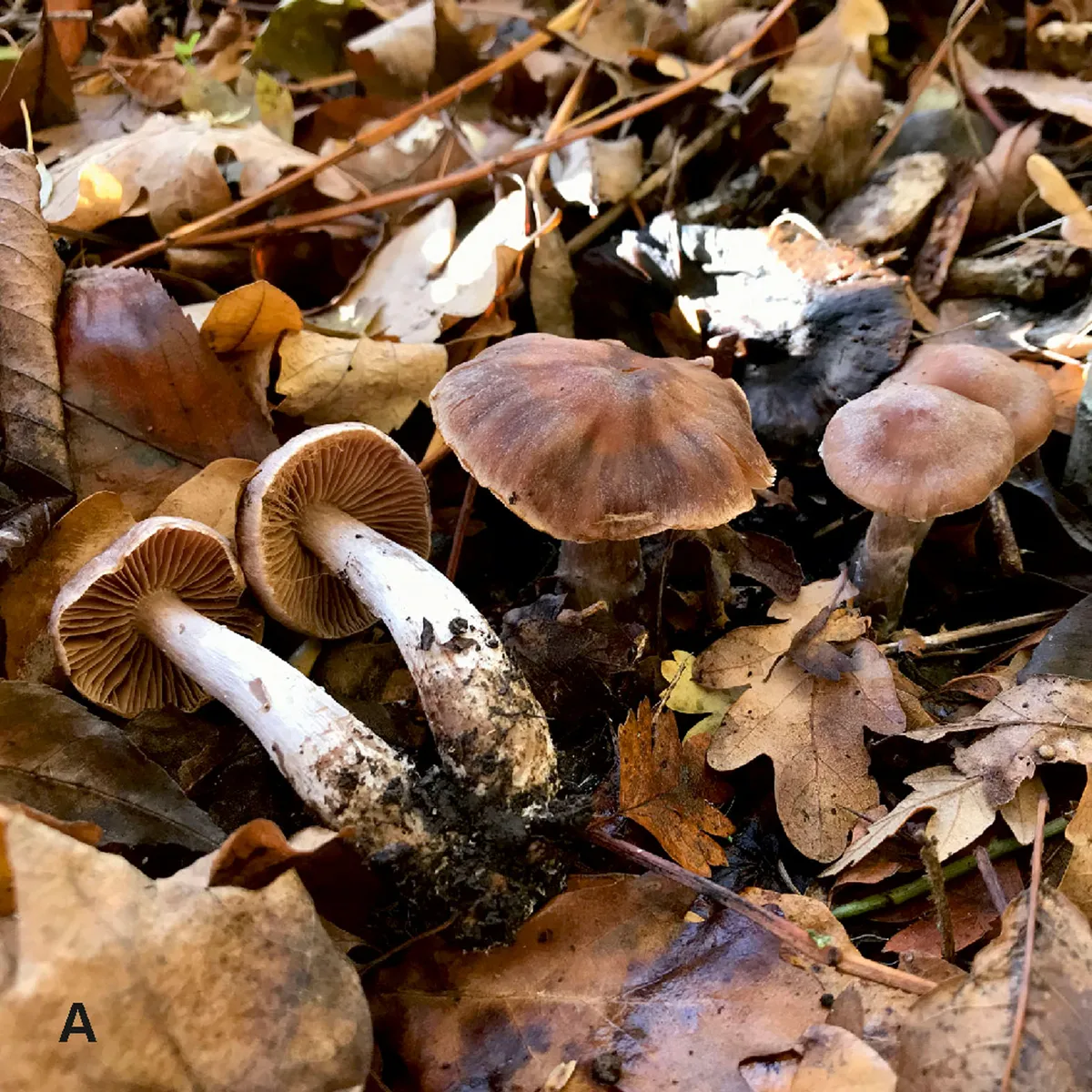
Heathrow airport was the unlikely location of a new species of webcap toadstool mushroom, Cortinarius heatherae, which was found along the river on the boundary of the airport by mycologist Andy Overall and named after his wife Heather.
Six new finds from the same genus Cortinarus were discovered in total, ranging from Scotland to Brighton and Barrow-in-Furness. The genus is known to be important in supporting the growth of oak, beech and birch trees and the mushrooms play a key role in the carbon cycling of woodlands and providing nitrogen to trees.
Not all the species named by scientists were new to humanity. The pretty pink morning glory, Ipomoea noemana, found in the Peruvian Andes, was locally well known as ‘yura’ and harvested for its sweet purple tubers, which can be eaten raw. It is hoped that the plant might have potential as a new food crop.
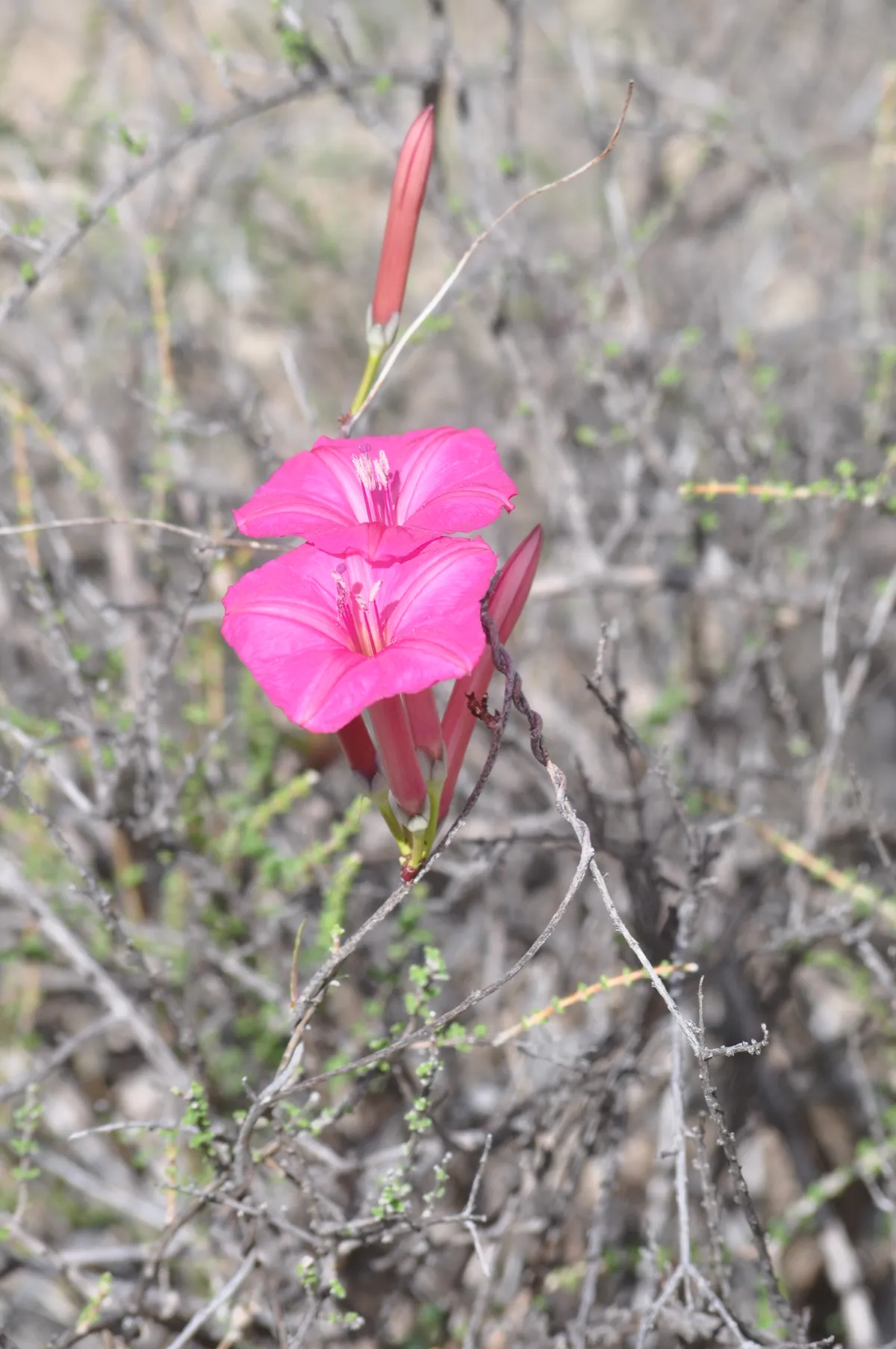
Other newly names species include two species of aloe in Madagascar; a herb from the plant family Apocynaceae, whose members are used to treat flatulence, gonorrhoea and paralysis; a hummingbird-pollinated Brazilian bromeliad threatened by limestone quarrying; a blueberry relative growing on Mount Jaya in Indonesian New Guinea; and a Tanzanian hibiscus which can withstand much drier conditions than the similar Hibiscus schizopetalus so has potential for horticulturalists.
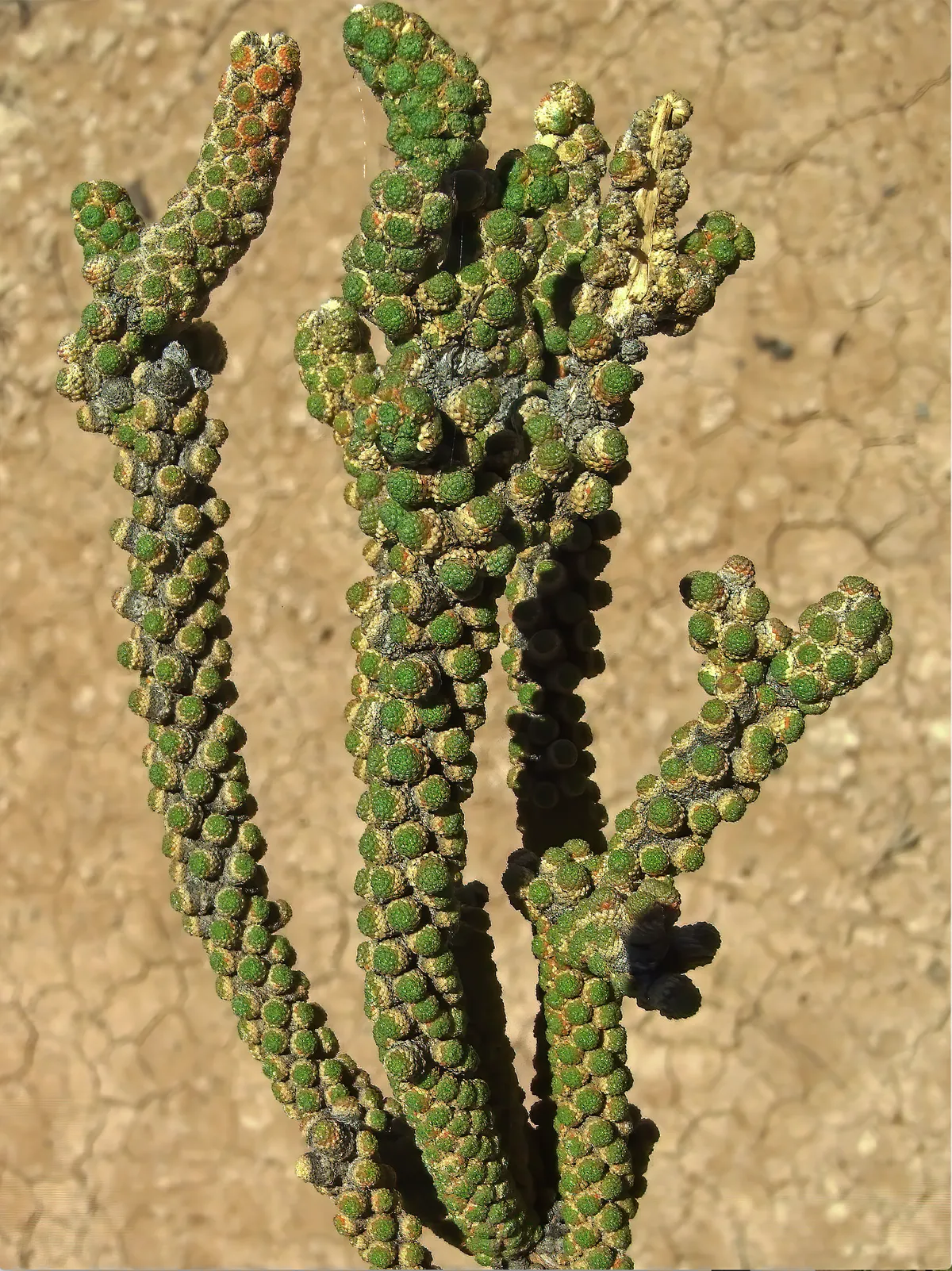
One of the most bizarre-looking finds is a scaly shrub found in the extremely hot salt pans of Nambia, which reach 36°C, with only 10-25cm rain per year. After DNA analysis, scientists at Kew realised it represented a new family within the cabbage order. While 2,000 plants are newly named each year, new families are very rare.
Main image: "Ugliest orchid in the world", Gastrodia agnicellus. © Rick Burian

